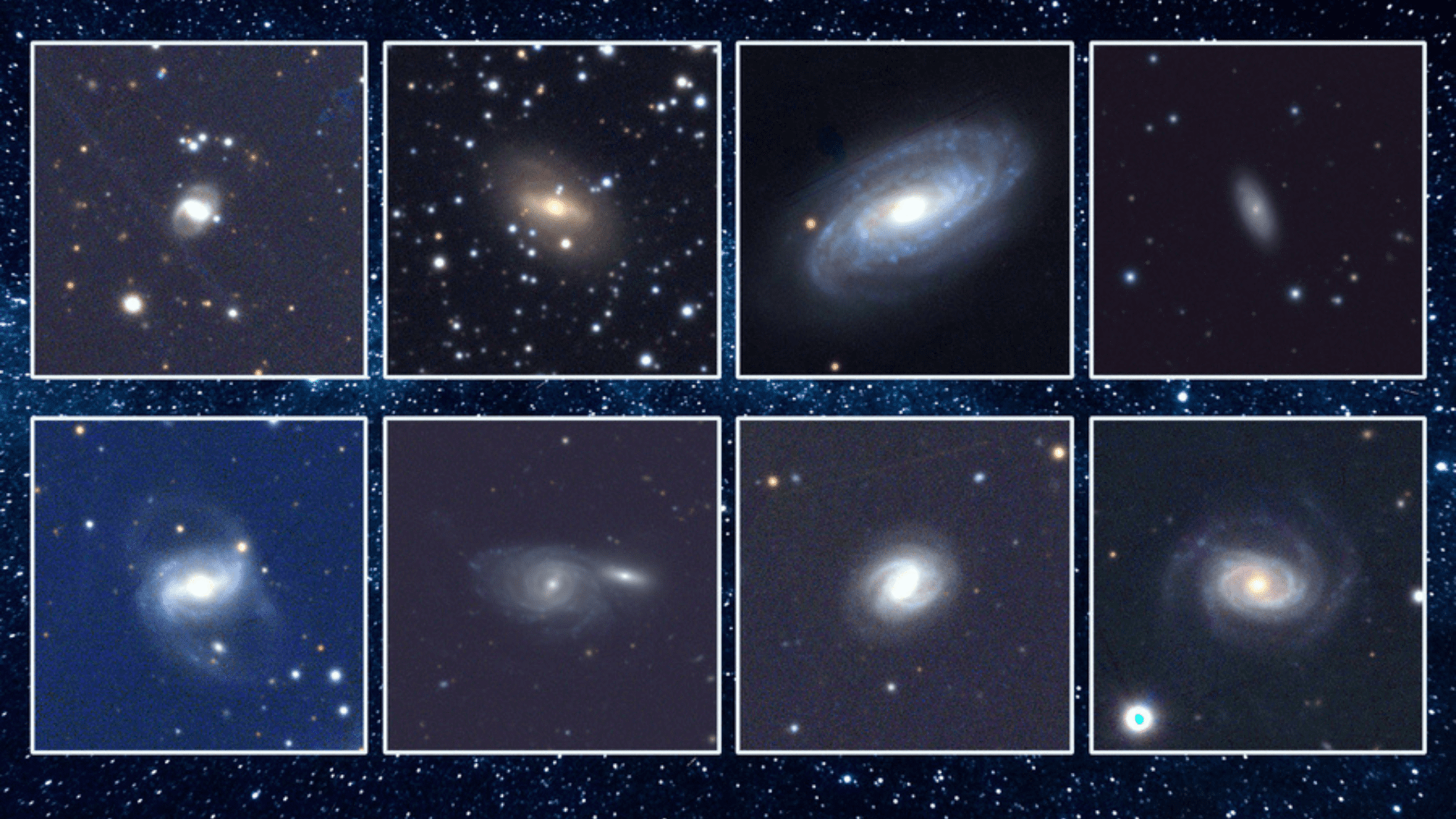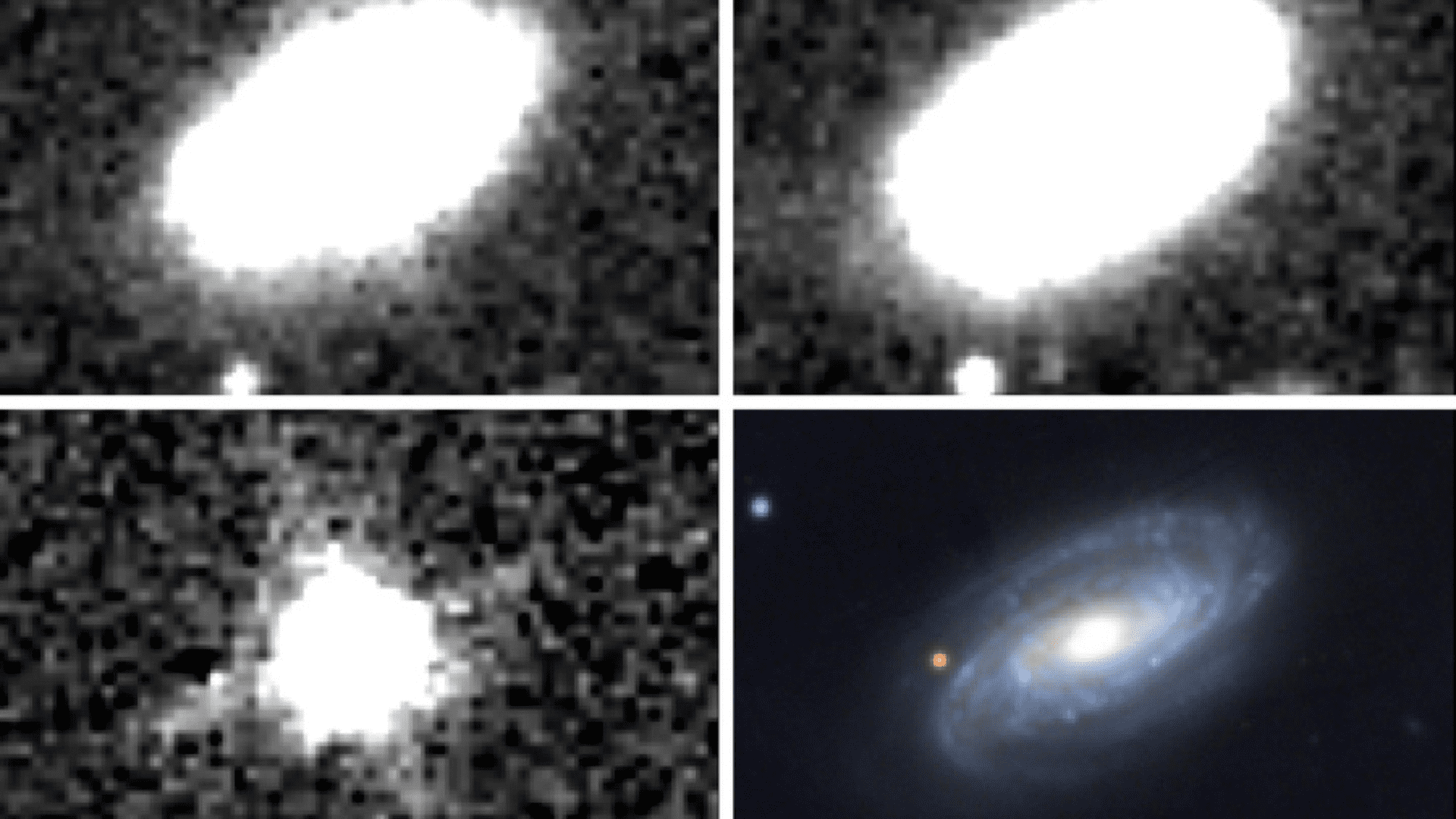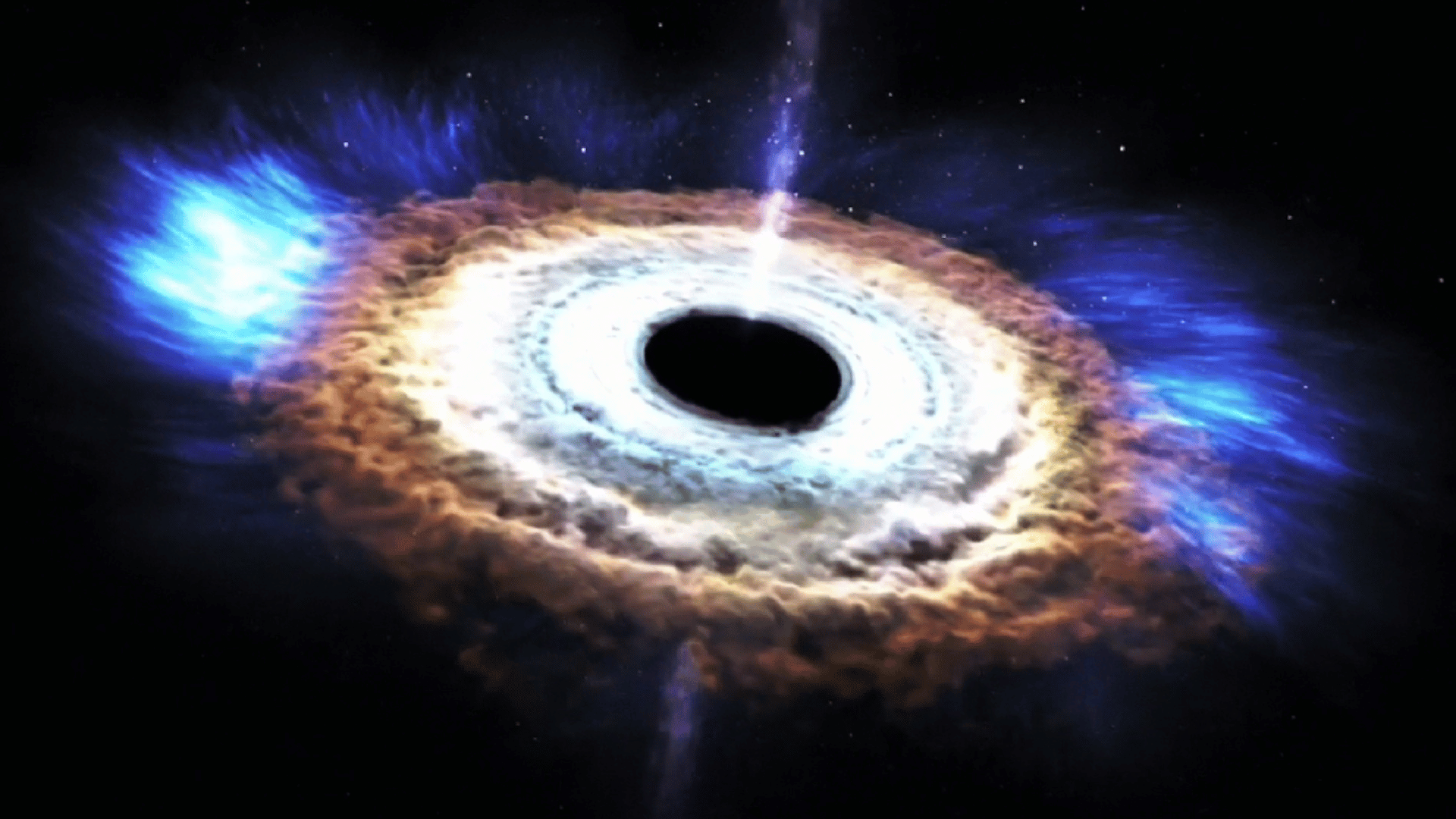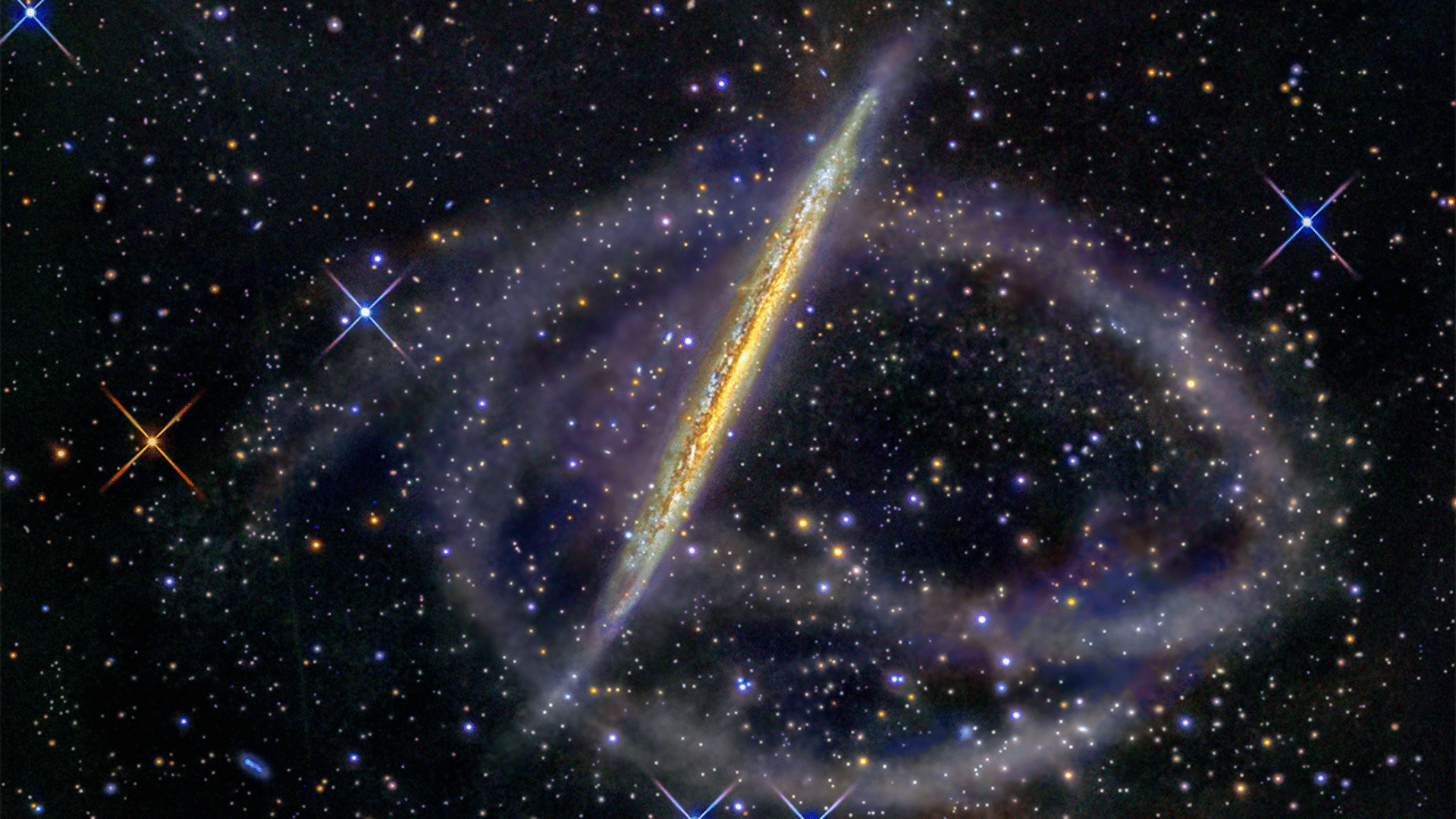Scientists say there are black holes all across the universe that are shredding stars left and right. They are known as tidal disruption events (TDEs). A study reports the discovery of 18 new TDEs where black holes attracted nearby stars and tore them apart.
Discovering a TDE

As a result of the stars being sucked in and destroyed by a black hole, there is a big burst of energy across the electromagnetic spectrum. To detect a TDE, astronomers look for characteristic bursts in the optical and X-ray bands. This way of searching for TDEs discovered about a dozen star-shredding events in nearby universes. Researchers with MIT have a new way to detect star-destroying events using infrared bands, which helped the researchers discover more of these events.
What makes this discovery interesting is the newly found TDEs were “hidden” from the conventional bands. Traditionally, the events caused by black holes give off optical and X-ray bursts. But, they also give off infrared radiation in “dusty” galaxies, where black holes are surrounded by galactic debris. Because of the dust, the galaxy usually absorbs any optical or X-ray energy. As a result, the TDEs become hidden but also give off infrared light. Therefore, any sign of infrared light is a sign of a tidal disruption event.
More TDEs
Discovering when a black hole destroys stars and gives off infrared light helped researchers discover 18 TDEs that were previously hidden. These happened in nearby galaxies across the sky. Infrared light not only helps discover a hidden TDE but it also helps researchers find the closest TDE yet. It was found in NGC 7392 which is about 137 million light-years from Earth. While this may not seem close, it corresponds to a region in our galactic backyard. This discovery opened up the opportunity to search for TDEs by looking for infrared light.

Explore Tomorrow's World from your inbox
Get the latest innovations shaping tomorrow’s world delivered to your inbox!
I understand that by providing my email address, I agree to receive emails from Tomorrow's World Today. I understand that I may opt out of receiving such communications at any time.
Typically, black holes tearing up stars happens in a very rare type of galaxy. This puzzled researchers and forced them to ask themselves “Why?” It turns out the rare galaxies, known as a “post-starburst” system, are usually devoid of dust. This makes it easier to spot those optical and X-ray bursts. The researchers’ discovery shows black holes can swallow stars in a wide range of galaxies, not just post-starburst systems.
The Rate of Disruptions
The 18 new disruption discoveries help researchers estimate the rate TDEs occur in galaxies. If you combine the new occurrences with previous detections, researchers believe a star-destroying disruption occurs in a galaxy once every 50,000 years. With more infrared observations, the team of researchers hopes to resolve the rate of disruptions and learn more about the black holes that cause them.
Researcher Erin Kara said, “This gives us confidence that we don’t need all this exotic physics to explain what we’re seeing.”





